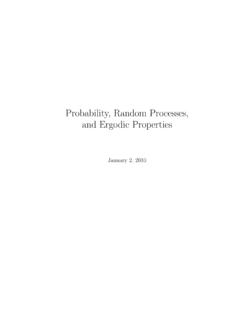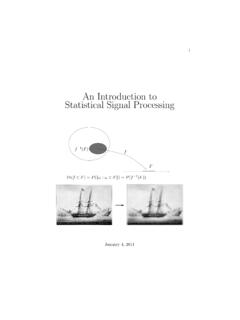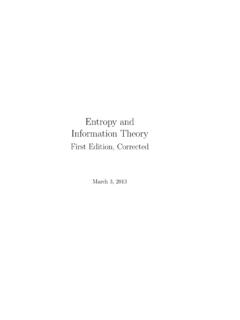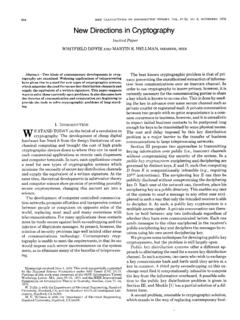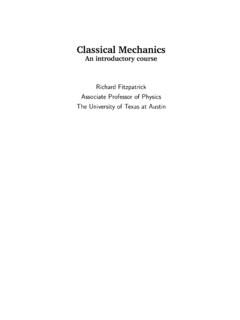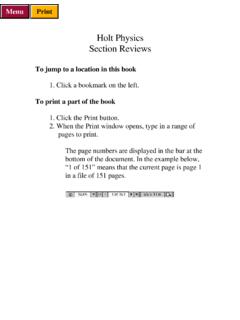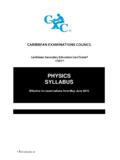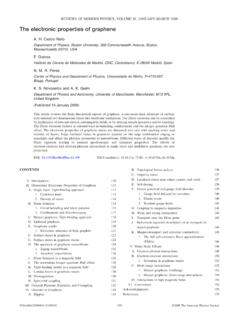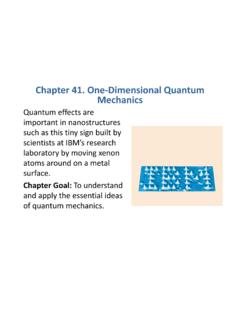Transcription of The Physics of Nuclear Weapons
1 The Physics of Nuclear WeaponsWhile the technology behind Nuclear Weapons is of secondary importance to this seminar, some background is helpful when dealing with issues such as Nuclear proliferation. For example, the following information will put North Korea s uranium enrichment program in a less threatening context than has been portrayed in the mainstream media, while showing why Iran s program is of greater concern. Those wanting more technical details on Nuclear Weapons can find them online, with Wikipedia s article Wikipedia s article being a good place to atomic bombs used on Hiroshima and Nagasaki were fission Weapons .
2 The nuclei of atoms consist of protons and neutrons, with the number of protons determining the element ( , carbon has 6 protons, while uranium has 92) and the number of neutrons determining the isotope of that element. Different isotopes of the same element have the same chemical properties, but very different Nuclear properties. In particular, some isotopes tend to break apart or fission into two lighter elements, with uranium (chemical symbol U) being of particular interest. All uranium atoms have 92 protons. U-238 is the most common isotope of uranium, making up of naturally occurring uranium.
3 The 238 refers to the atomic weight of the isotope, which equals the total number of protons plus neutrons in its nucleus. Thus U-238 has 238 92 = 146 neutrons. U-235 has 143 neutrons and makes up almost all the remaining of naturally occurring uranium. (U-234 is very rare at , and other, even rarer isotopes exist, some of which have only been produced in the laboratory.) U-235 is the valuable isotope from a Nuclear Weapons or Nuclear power point of view because it can serve as the primary fuel for a weapon or power plant, while U-238 cannot.
4 As shown in the next diagram (source: Wikimedia Commons), when a U-235 atom absorbs a neutron, it breaks into two smaller atoms plus some number of neutrons. This splitting or fission also releases atomic energy that can produce electricity or an On average, such a fission of a U-235 atom produces about new neutrons. If all released neutrons are absorbed by new U-235 atoms, an exponentially growing chain reaction sets in, with the number of atoms involved growing from 1, to (on average), to = , etc. After 10 generations over 10,000 atoms have fissioned, after 20 generations over 100,000,000 atoms have fissioned, etc.
5 But, as depicted in the diagram, some neutrons escape without adding to the chain reaction (the one with an X on the right in step 2) and some are absorbed by U-238 atoms (the one with an XSTS152, Nuclear Weapons , Risk and Hope, Handout #2, AUT 2011-12, Page 1 of 91 Optional reading: Technically this atomic energy derives from what is called the binding energy of the nucleus. Somewhat counter-intuitively, the binding energy is greater for the two atoms produced than for the U-235 atom. That is because binding energy is the energy released in forming the nucleus from its constituent parts.)
6 More energy is released in forming the two fission fragments than was previously lost in forming the U-235 nucleus, hence there is a net release of the left in step 2) and do not produce additional neutrons to add to the chain reaction. (By absorbing an additional neutron, the U-238 atom becomes U-239 which we will deal with later. The important point right now is that it does not produce additional neutrons.) If, on average, each fission leads to more than one additional fission, the chain reaction grows exponentially and releases large amounts of forces within the nucleus are much stronger than chemical forces.
7 U-235 in an atom bomb therefore liberates much more energy than exploding the same mass of TNT. The bomb used on Hiroshima contained approximately 50 kg (100 pounds) of U-235, yet packed the explosive power of 15,000 tons (30 million pounds) of TNT. If all of the U-235 fuel had fissioned, the yield would have been 500 kilotons. The actual yield was only 3% of that figure because, as the weapon exploded, most of the U-235 was dispersed before it could capture a neutron and contribute to the chain above discussion points out that what is usually called critical mass is really a critical mass density.
8 After a bomb based on U-235 explodes, most of the U-235 is still present. It is just too thinly dispersed to maintain a chain reaction. Too few neutrons are captured by other U-235 atoms to maintain the chain reaction. That same idea is at the heart of the gun assembly atomic bomb depicted below (source: Wikimedia Commons). Two subcritical masses of uranium are at either end of the gun barrel. One is shaped like a bullet, while the other is a hollow cylinderSTS152, Nuclear Weapons , Risk and Hope, Handout #2, AUT 2011-12, Page 2 of 9 target that just fits around the bullet.
9 Conventional explosives shoot the bullet down the gun barrel, where it mates with the target. The two subcritical masses, when brought together rapidly, form a supercritical mass, resulting in a chain reaction and an atomic explosion. Note that prior to ignition the bomb has more than a critical mass worth of uranium, but it is divided into two pieces that are too far apart for neutrons from one to cause fission in the already noted, U-238 is usually not useful as atomic fuel, but constitutes of naturally occurring uranium, with most of the remaining being U-235.
10 Naturally occurring uranium therefore cannot be used in a weapon or most power plants, and must first be enriched to a higher level of U-235. The most prevalent Nuclear power plants today are light water reactors (LWR s) that need uranium enriched to about 3-4% U-235, known as low-enriched uranium (LEU). Bomb-grade fuel must be enriched further, preferably to 90% U-235, which is called highly-enriched uranium (HEU). Unfortunately, the same technology used to make LEU for Nuclear power ( , the gas centrifuges used in Iran s Nuclear program) can be modified to make HEU for Weapons .

